International Toy Fair Nuremberg 2010
Internationale Spielwarenmesse Nürnberg 2010
| x |
|
|
|
|
|
|
|
|
|
|
|
|
|
|
|
|
|
|
|
|
|
|
|
|
|
|
|
|
|
|
|
|
|
|
|
| Huch & Friends |
|
|
| x |
|
|
|
|
|
|
|
|
|
|
|
|
|
|
|
|
|
|
|
|
|
|
|
|
|
|
|
|
|
|
|
|
|
|
|
| What's Your Game? |
|
|
|
|
|
|
|
|
|
|
|
|
|
|
|
|
|
|
|
|
|
|
|
|
| x |
|
|
|
|
|
|
|
|
|
|
|
|
|
|
|
|
|
|
|
|
|
|
|
|
|
|
|
|
|
|
|
|
|
|
|
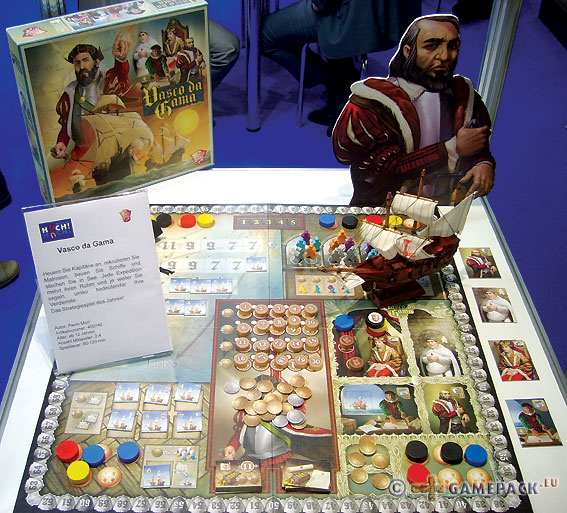 |
|
|
| x |
|
|
|
|
|
|
|
|
|
|
|
|
|
|
|
|
|
|
|
|
|
|
|
|
|
|
|
|
|
|
|
|
|
|
|
| Huch & Friends is bringing 'Vasco da Gama' to Germany. Read a description of the prototype in the Nuremberg report of last year. And no, the ship is no starting player figure. |
|
|
| x |
|
|
|
|
|
|
|
|
|
|
|
|
|
|
|
|
|
|
|
|
|
|
|
|
|
|
|
|
|
|
|
|
|
|
|
| Vasco da Gama, Paolo Mori, Huch & Friends / What's Your Game?, 2010 - 2 to 4 players, 12 years and up, 90 minutes |
|
|
| x |
|
|
|
|
|
|
|
|
|
|
|
|
|
|
|
|
|
|
|
|
|
|
|
|
|
|
|
|
|
|
|
|
|
|
|
| x |
|
|
|
|
|
|
|
|
|
|
|
|
|
|
|
|
|
|
|
|
|
|
|
|
|
|
|
|
|
|
|
|
|
|
|
| x |
|
|
|
|
|
|
|
|
|
|
|
|
|
|
|
|
|
|
|
|
|
|
|
|
|
|
|
|
|
|
|
|
|
|
|
| White Goblin Games |
|
|
|
|
|
|
|
|
|
|
|
|
|
|
|
|
|
|
|
|
|
|
|
|
| x |
|
|
|
|
|
|
|
|
|
|
|
|
|
|
|
|
|
|
|
|
|
|
|
|
|
|
|
|
|
|
|
|
|
|
|
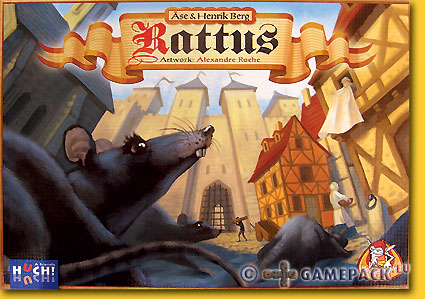 |
Players try to save their population in Medieval Europe, as rats infect people with the plague. The player with the highest populaton at game end wins the game.
There are several socalled 'class' cards from which a player takes one at the start of his turn. These offer certain advantages to the player owning them, but at the sametime they increase the probability that a player's population gets killed. |
|
|
| x |
|
|
|
|
|
|
|
|
|
|
|
|
|
|
|
|
|
|
|
|
|
|
|
|
|
|
|
|
|
|
|
|
|
|
|
| Next, a player may place new cubes on the board - he already placed some at game start. He places as many cubes as the number of rat tokens currently present in a region. After this, he moves the Plague token which must be moved to an adjacent region. If the new region has no rat tokens, nothing happens, otherwise one or two new rat toens are added to this region. Having executed this, the region now is subject to plague if it has at least one cube and one or more rat tokens. |
|
|
| x |
|
|
|
|
|
|
|
|
|
|
|
|
|
|
|
|
|
|
|
|
|
|
|
|
|
|
|
|
|
|
|
|
|
|
|
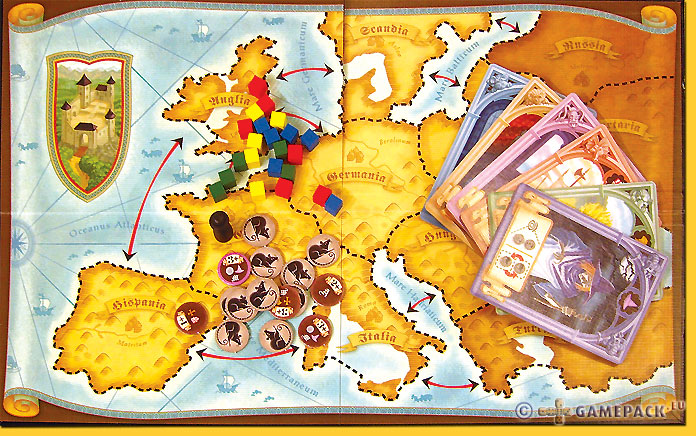 |
|
| x |
|
|
|
|
|
|
|
|
|
|
|
|
|
|
|
|
|
|
|
|
|
|
|
|
|
|
|
|
|
|
|
|
|
|
|
| The rat tokens show two kinds of information: a large number shows the limit value. If the total number of cubes in the region is equal to or greater than this value, there will be an outbreak. The symbols on the token indicate which of the classes are infected; for each class a cube is removed; the player owning the corresponding card must remove a cube. When all this has been worked, the next player takes his turn until the supply of rat tokens is depleted or a player manages to have all his cubes on the board at the end of his turn. After a final round, the player with the most cubes on the board wins the game. |
|
|
| x |
|
|
|
|
|
|
|
|
|
|
|
|
|
|
|
|
|
|
|
|
|
|
|
|
|
|
|
|
|
|
|
|
|
|
|
| A player with the king card may move one of his cubes to the general palace area where they are safe for the rest of the game. The knight may move the plague token up to two regions before the effects are worked The merchant may at any time move up to three cubes from a region to an adjacent one. |
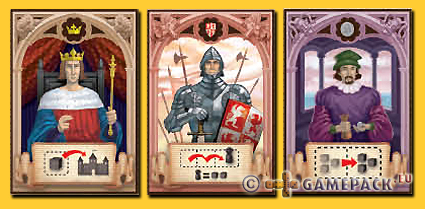 |
| x |
|
|
|
|
|
|
|
|
|
|
|
|
|
|
|
|
|
|
|
|
|
|
|
|
|
|
|
|
|
|
|
|
|
|
|
 |
The witch may look at any time in his turn at one rat token, or even swap two tokens. The peasant adds an additional cube when adding cubes in a region. The monk may move any rat token to an adjacent region. |
|
|
| x |
|
|
|
|
|
|
|
|
|
|
|
|
|
|
|
|
|
|
|
|
|
|
|
|
|
|
|
|
|
|
|
|
|
|
|
| Rattus, Åse & Henrik Berg, Huch & Friends / White Goblin Games, 2010 - 2 to 4 players, 10 years and up, 45 minutes |
|
|
| x |
|
|
|
|
|
|
|
|
|
|
|
|
|
|
|
|
|
|
|
|
|
|
|
|
|
|
|
|
|
|
|
|
|
|
|
| x |
|
|
|
|
|
|
|
|
|
|
|
|
|
|
|
|
|
|
|
|
|
|
|
|
|
|
|
|
|
|
|
|
|
|
|
| x |
|
|
|
|
|
|
|
|
|
|
|
|
|
|
|
|
|
|
|
|
|
|
|
|
|
|
|
|
|
|
|
|
|
|
|
| Quined Games |
|
|
|
|
|
|
|
|
|
|
|
|
|
|
|
|
|
|
|
|
|
|
|
|
| x |
|
|
|
|
|
|
|
|
|
|
|
|
|
|
|
|
|
|
|
|
|
|
|
|
|
|
|
|
|
|
|
|
|
|
|
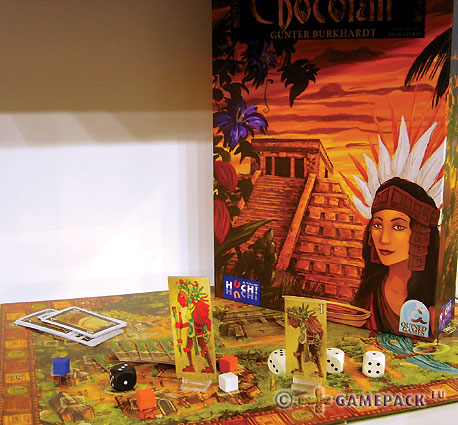 |
|
Equiped with cacao cards, each turn players assign two of these to one of the six locations on the board as an offering to the gods. Then each location is worked with the player who has made the highest offering at a location getting the advantages from it. |
|
|
| x |
|
|
|
|
|
|
|
|
|
|
|
|
|
|
|
|
|
|
|
|
|
|
|
|
|
|
|
|
|
|
|
|
|
|
|
At some locations players will be able to place a hut that adds an additional point in offerings for future offerings, or place stones and aid in building a pyramid. Each time when a row of the pyramid is completed, the player who contributed most gains two to five points.
At another location a player who contibuted most - so had the highest value of cards there - gains eight points; a second player four; with points decreasing each round. At the sixth and last location new and higher valued cacao cards can be obtained. |
|
|
| x |
|
|
|
|
|
|
|
|
|
|
|
|
|
|
|
|
|
|
|
|
|
|
|
|
|
|
|
|
|
|
|
|
|
|
|
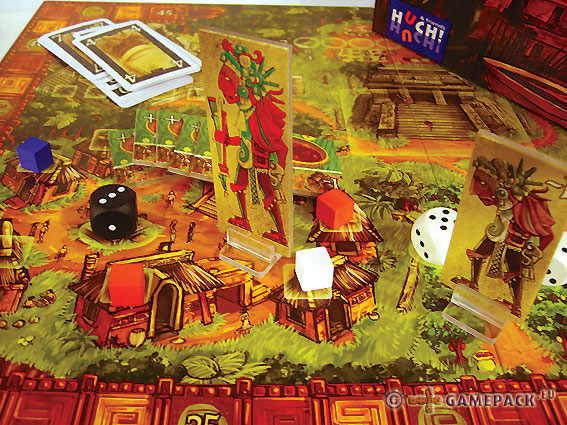 |
|
|
| x |
|
|
|
|
|
|
|
|
|
|
|
|
|
|
|
|
|
|
|
|
|
|
|
|
|
|
|
|
|
|
|
|
|
|
|
| The game ends in either three ways: when the pyramid is finished; when someones score makrer reaches or exceeds 40 points, or when a player runs our of cubes. The last round then is completed, after which players check their scores added with several bonuses. |
|
|
| x |
|
|
|
|
|
|
|
|
|
|
|
|
|
|
|
|
|
|
|
|
|
|
|
|
|
|
|
|
|
|
|
|
|
|
|
| Chocolatl, Günter Burkhardt, Huch & Friends / Quined Games, 2010 - 3 to 5 players, 10 years and up, 45-60 minutes |
|
|
| x |
|
|
|
|
|
|
|
|
|
|
|
|
|
|
|
|
|
|
|
|
|
|
|
|
|
|
|
|
|
|
|
|
|
|
|
| x |
|
|
|
|
|
|
|
|
|
|
|
|
|
|
|
|
|
|
|
|
|
|
|
|
|
|
|
|
|
|
|
|
|
|
|
| x |
|
|
|
|
|
|
|
|
|
|
|
|
|
|
|
|
|
|
|
|
|
|
|
|
|
|
|
|
|
|
|
|
|
|
|
 |
Germany's most successful book detective series, with over two million sold books, now turns into a game. Inspector Kluftinger is confronted with maybe the most difficult case in his career.
OK, that's it - move on folks; sir, if you would, please...

Authors Michael Kobr and Volker Klüpfel |
|
|
| x |
|
|
|
|
|
|
|
|
|
|
|
|
|
|
|
|
|
|
|
|
|
|
|
|
|
|
|
|
|
|
|
|
|
|
|
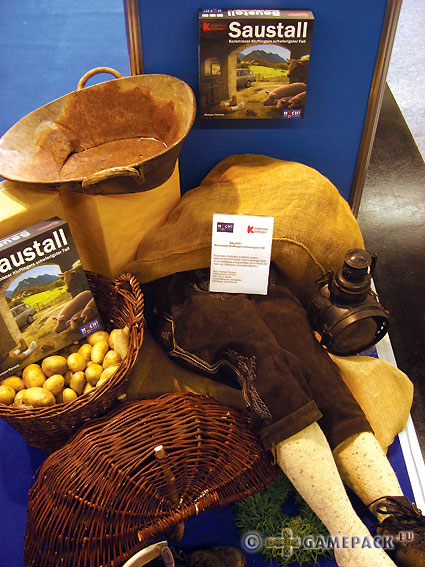 |
|
A look at the scene of the crime just before the inspector arrived...
|
|
|
| x |
|
|
|
|
|
|
|
|
|
|
|
|
|
|
|
|
|
|
|
|
|
|
|
|
|
|
|
|
|
|
|
|
|
|
|
| Saustall, Michael Rieneck, Huch & Friends, 2010 - 3 to 4 players, 10 years and up, 45-60 minutes |
|
|
| xx |
|
|
|
|
|
|
|
|
|
|
|
|
|
|
|
|
|
|
|
|
|
|
|
|
|
|
|
|
|
|
|
|
|
|
|
| x |
|
|
|
|
|
|
|
|
|
|
|
|
|
|
|
|
|
|
|
|
|
|
|
|
|
|
|
|
|
|
|
|
|
|
|
| x |
|
|
|
|
|
|
|
|
|
|
|
|
|
|
|
|
|
|
|
|
|
|
|
|
|
|
|
|
|
|
|
|
|
|
|
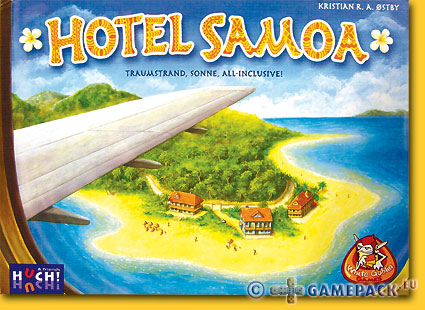 |
We are hotel keepers on a tropical island. Tourists land by the plentiful. Give them an unforgettable holiday, and make them fork up at the same time! |
|
|
| x |
|
|
|
|
|
|
|
|
|
|
|
|
|
|
|
|
|
|
|
|
|
|
|
|
|
|
|
|
|
|
|
|
|
|
|
| Twelve flag cards are laid out, the number of rounds in the game. Each round brings a plane with tourists. These, for instance Japanese, stay until another pane with Japanese lands. At the same time players open their bid cards. On these is stated the amount for the hotel expansion as well as the price for a room. Only the highest bid may build. The player with the lowest price for a room gets his tourists first; after him the other players if there are still tourists to house. |
|
 |
|
| x |
|
|
|
|
|
|
|
|
|
|
|
|
|
|
|
|
|
|
|
|
|
|
|
|
|
|
|
|
|
|
|
|
|
|
|
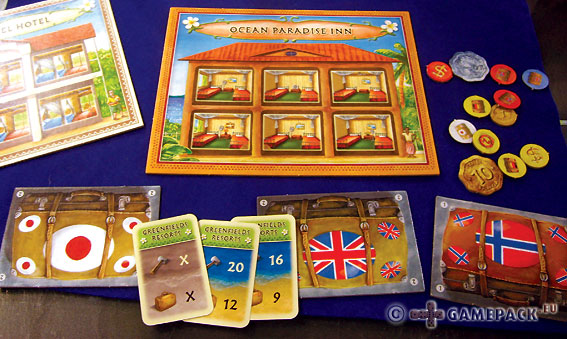 |
|
|
| x |
|
|
|
|
|
|
|
|
|
|
|
|
|
|
|
|
|
|
|
|
|
|
|
|
|
|
|
|
|
|
|
|
|
|
|
| At the end of a round, payments are done. rich tourists pay the double price for a room; couples in love share a room, even if of different nationality. A famous tourist pays the normal price, but if another tourist takes a room next to the famous one, the new tourist pays double. |
|
|
| x |
|
|
|
|
|
|
|
|
|
|
|
|
|
|
|
|
|
|
|
|
|
|
|
|
|
|
|
|
|
|
|
|
|
|
|
 |
Also there are bonuses for adding swimming pools to your hotel, or expanding it with an extra room or suite, cashing double revenues for it. |
|
|
| x |
|
|
|
|
|
|
|
|
|
|
|
|
|
|
|
|
|
|
|
|
|
|
|
|
|
|
|
|
|
|
|
|
|
|
|
| Hotel Samoa, Kristian R. A. Østby, Huch & Friends, 2010 - 3 to 6 players, 10 years and up, 45-60 minutes |
|
|
| x |
|
|
|
|
|
|
|
|
|
|
|
|
|
|
|
|
|
|
|
|
|
|
|
|
|
|
|
|
|
|
|
|
|
|
|
| x |
|
|
|
|
|
|
|
|
|
|
|
|
|
|
|
|
|
|
|
|
|
|
|
|
|
|
|
|
|
|
|
|
|
|
|
| x |
|
|
|
|
|
|
|
|
|
|
|
|
|
|
|
|
|
|
|
|
|
|
|
|
|
|
|
|
|
|
|
|
|
|
|
| Eggertspiele (on separate page) |
|
|
| x |
|
|
|
|
|
|
|
|
|
|
|
|
|
|
|
|
|
|
|
|
|
|
|
|
|
|
|
|
|
|
|
|
|
|
|
| x |
|
|
|
|
|
|
|
|
|
|
|
|
|
|
|
|
|
|
|
|
|
|
|
|
|
|
|
|
|
|
|
|
 |
|
|
|
|
|
|
|
|
|
|
|
|
|
|
|
|
|
|
|
|
|
|
|
|
|
|
|
|
|
|
|
|
|
|
 |
|
|
|
|
|
|
|
|
|
|
|
|
|
|
|
|
|
|
|
|
|
|
|
|
|
|
|
|
|
|
|
|
|
|
 |
|
|
|
|
|
|
|
|
|
|
|
|
|
|
|
|
|
|
|
|
|
|
|
|
|
|
|
|
|
|
|
|
|
|
 |
|
|
|
|
|
|
|
|
|
|
|
|
|
|
|
|
|
|
|
|
|
|
|
|
|
|
|
|
|
|
|
|
|
|
 |
|
|
|
|
|
|
|
|
|
|
|
|
|
|
|
|
|
|
|
|
|
|
|
|
|
|
|
|
|
|
|
|
| x |
|
|
|
|
|
|
|
|
|
|
|
|
|
|
|
|
|
|
|
|
|
|
|
|
|
|
|
|
|
|
|
|
|
|
|
 |
|
|
|
|
|
|
|
|
|
|
|
|
|
|
|
|
|
|
|
|
|
|
|
|
|
|
|
|
|
|
|
|
|
|
|
|
|
|
|
|
|
|
|
|
|
|
|
|
|
|
|
|
|